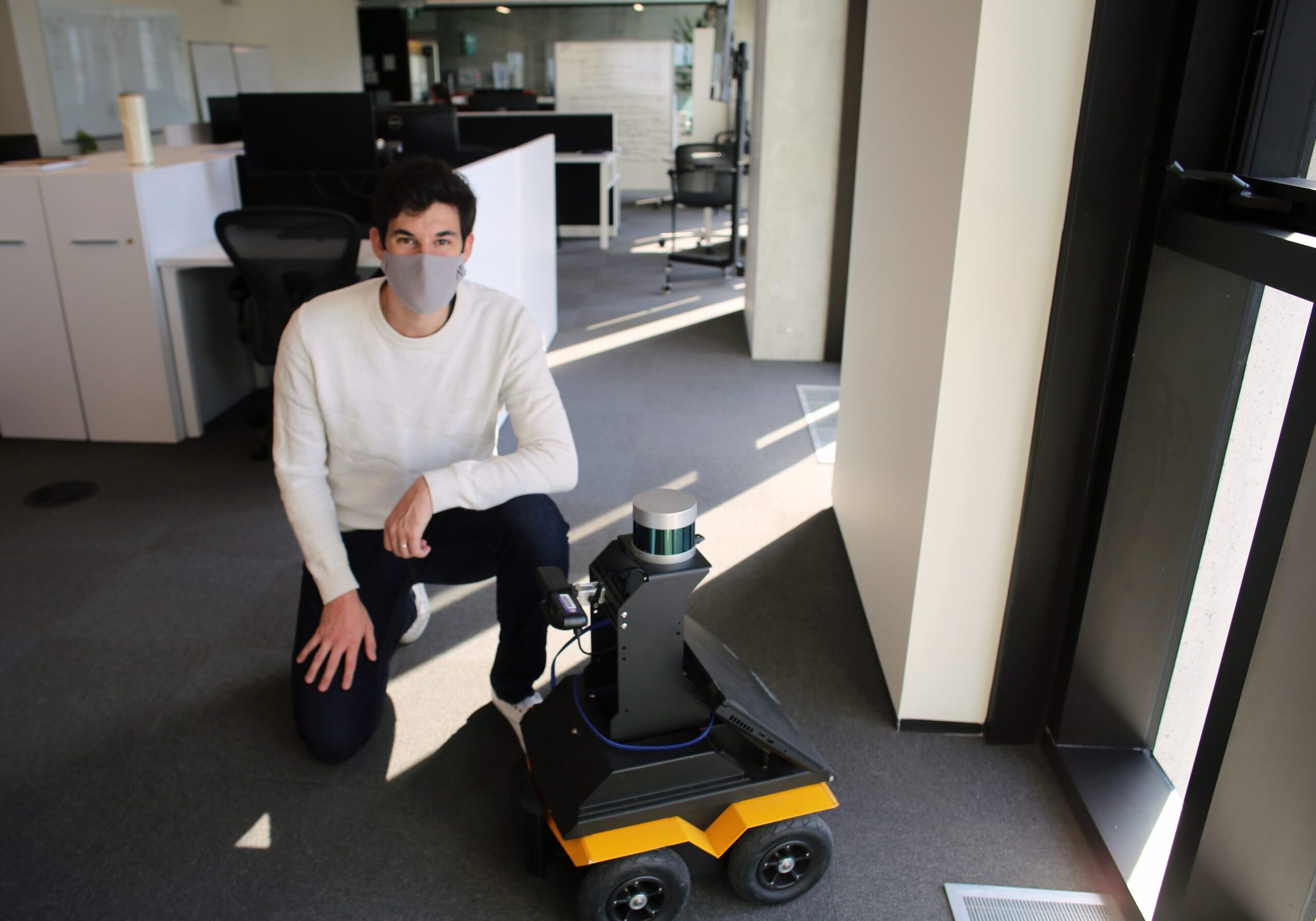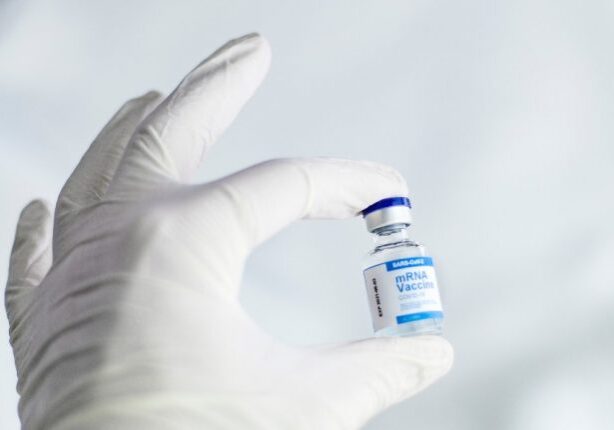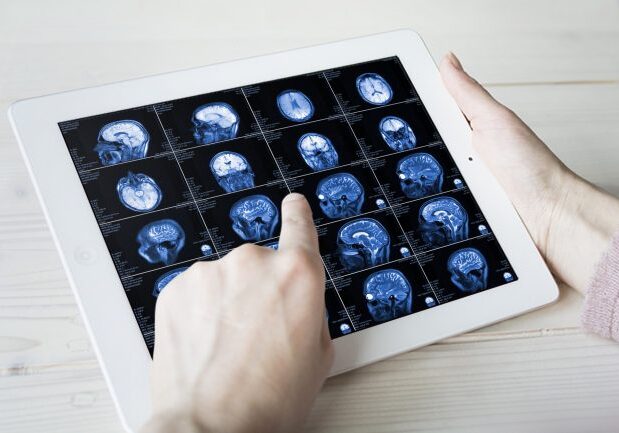![Porsche-Canada_-op1_hires[58]_ccexpress Professor Olivier Trescases (far right) stands in the University of Toronto Electric Vehicle Research Centre with (left to right) PhD Candidate, Zhe Gong; Wendy Baker, Associate Director Business Development, School of Continuing Studies; and Nick Cusimano, Research Associate. Trescases will teach two courses on electric vehicles for Porsche Centre employees. (Photo: Porsche Cars Canada)](https://news.engineering.utoronto.ca/wp-content/uploads/sites/18/bb-plugin/cache/Porsche-Canada_-op1_hires58_ccexpress-650x433-landscape-ce199b6b3da1d94edeb55d99738ad326-.jpeg)
Porsche partners with ECE professor on electric vehicle training courses
Professor Olivier Trescases (ECE) is developing micro courses in electric vehicles for approximately 300 Porsche Cars Canada dealer staff from across Canada
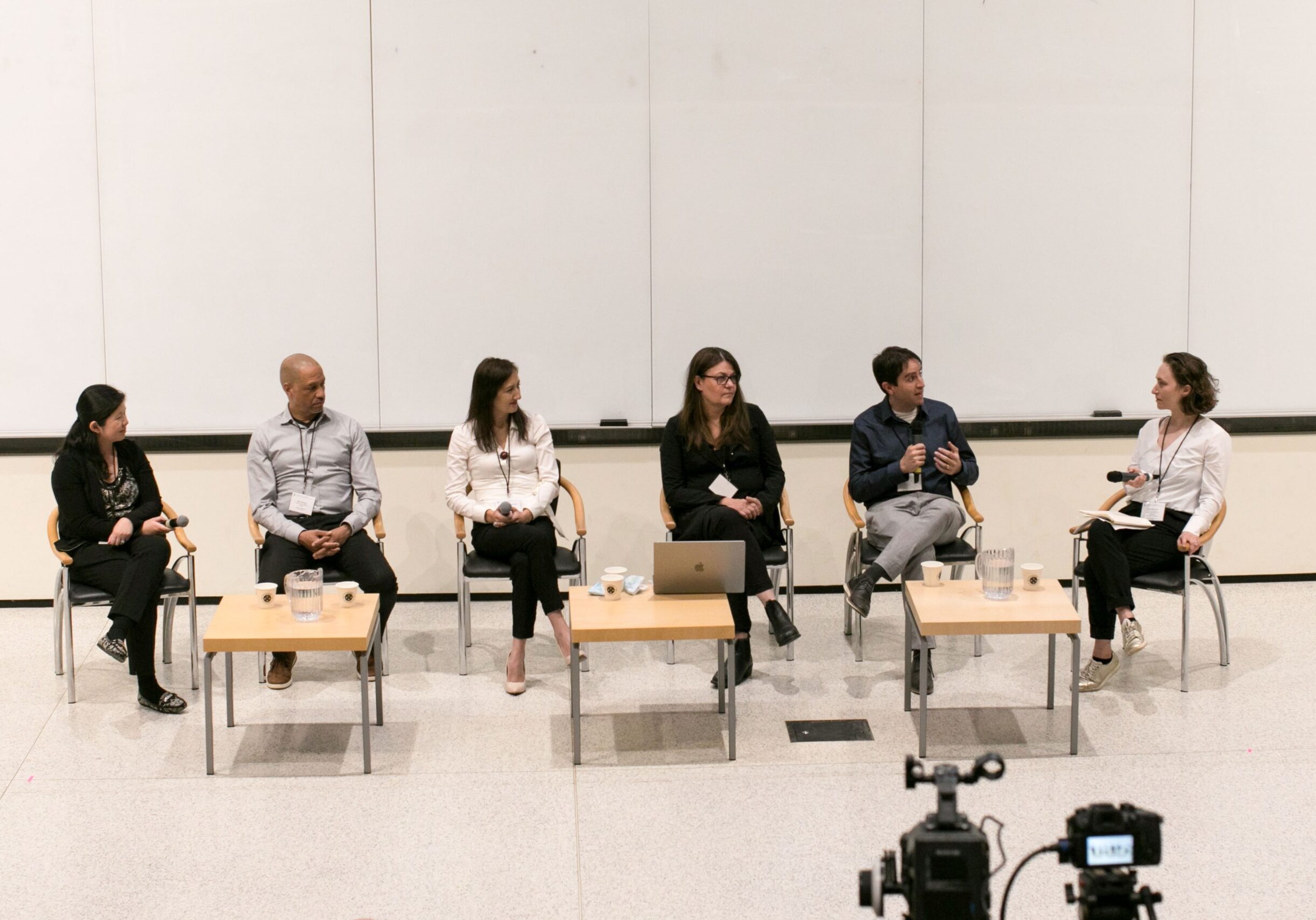
Engineering Research Day showcases the critical role of engineers in addressing sustainability issues
The one-day event featured panel discussions highlighting the depth and breadth of research across the Faculty
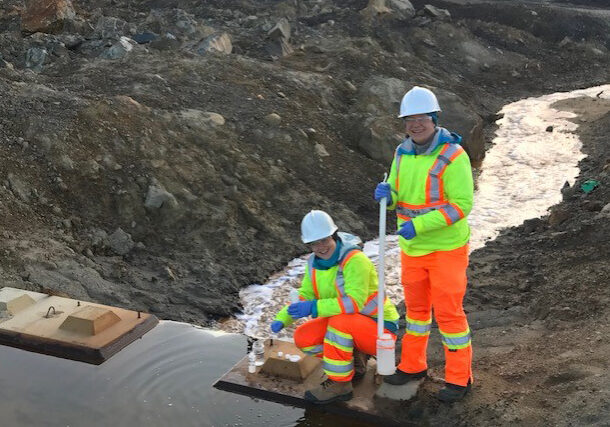
Academic-industry partnership leads to improved methods for managing sulfur compounds in mining sites
Hudbay receives regulatory approval for new monitoring technique co-developed with University of Toronto Engineering Professor Lesley Warren (CivMin)
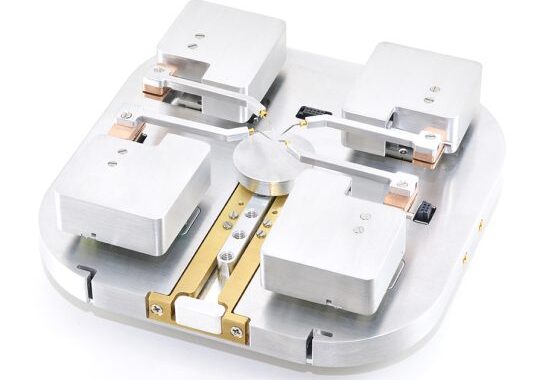
NSERC Synergy Award celebrates decades of collaboration on nanoscale electron microscopy and robotics
U of T Engineering and Hitachi High-Tech Canada partnership has led to scientific discoveries and commercialized products

New trains and reduced friction braking improve air quality in Toronto’s subways
New study by U of T Engineering and Health Canada researchers shows how train and braking technology can substantially affect what riders breathe

